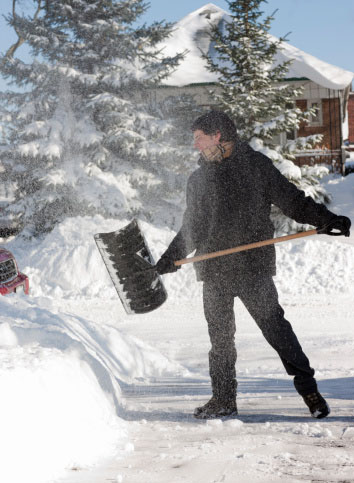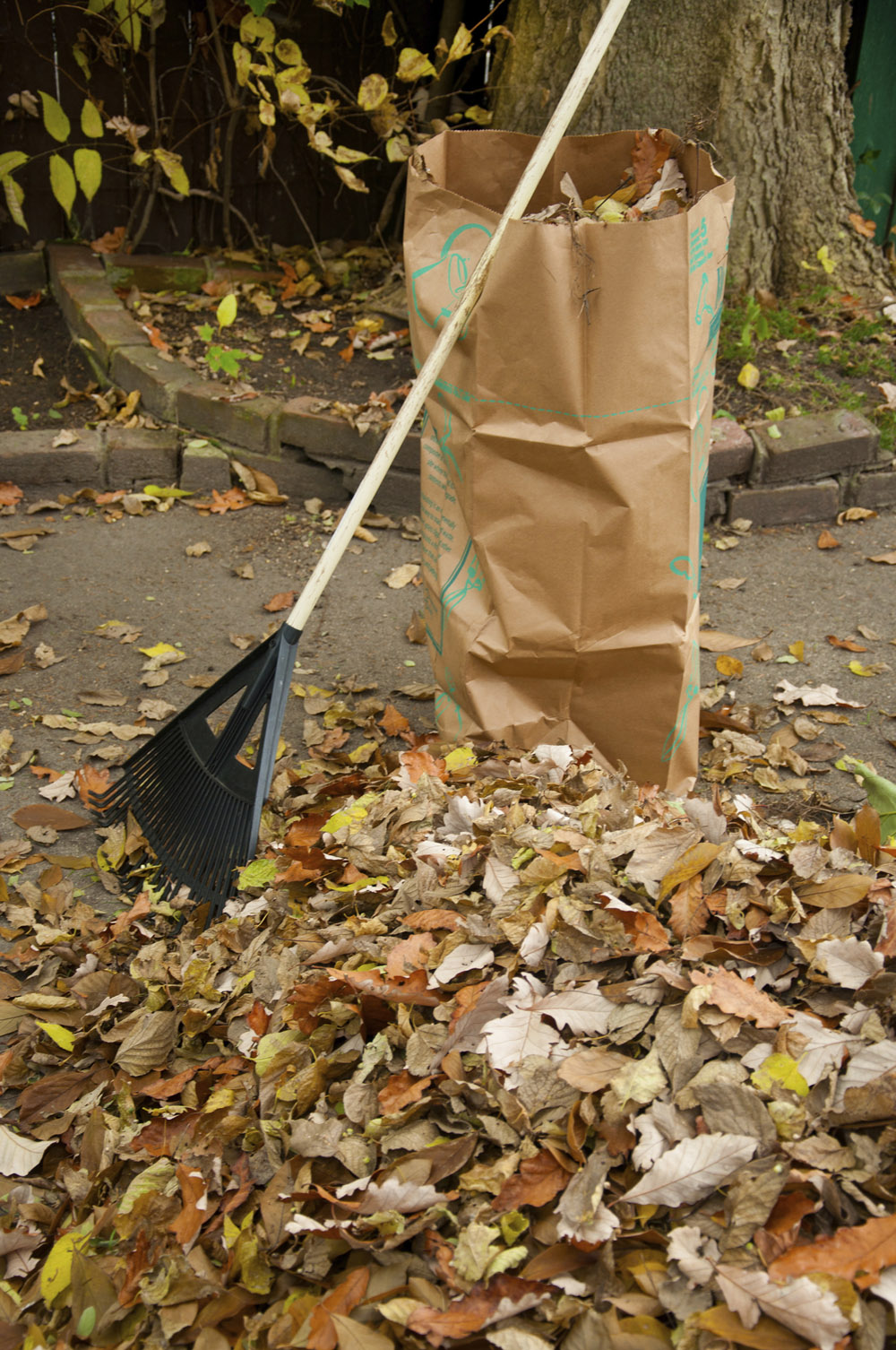Wrens and other birds who don’t mind the cold
Cheryl in Northwest D.C. writes: “A wren has built its nest in a corner of my porch. I don’t mind it being there; I even put something down to catch the droppings. But I’m concerned that there isn’t much shelter in the chosen area, and that as it gets colder the bird will not be able to keep itself warm enough. What can or should I do to help the bird get through the winter?”
The short answer is nothing, Cheryl. Although small, wrens are tough little birds that live here year-round; and they love to live near people—I have wrens nesting on top of a 90 degree turn on one of my house gutters. Cute little chickadees also love to nest near people.
These birds use the protection of their nests and their high metabolisms to keep warm naturally, but you can make them super-happy by providing fresh water and suet feeders.
The best gifts for wild birds
Special thanks to Cheryl in Northwest D.C. who noticed a wren nesting on her porch and thus got us talking about the important topic of wild bird care in winter.
Now, although wild birds don’t need to be fed by us, they would greatly enjoy the easy and highly nutritious food that suet feeders provide in winter. These little cages filled with cakes of suet (rendered fat, often with seeds and nuts mixed in) are a high-energy treat for birds that mimics their typical diet of pest insects. And it’s great fun to watch your featured friends as they hang onto the cages and slowly peck away — giving you a much longer look at these winged wonders than you get with other types of feeders.
Important: Never feed bread, cake or other low-energy leftovers to wild birds. It fills them up without providing the concentrated nutrition that they need.
Birdseed? I haven’t offered any in years and have more birds than ever.
Most packaged mixes aren’t nearly as nutritious as suet cakes, and seed feeders attract Evil Squirrels, mice, rats and voles to feast on all that spilled seed at the base. If feed with seed you must, make it oilseed sunflower, which is a highly concentrated source of nutrition. And make sure the feeder is designed to catch any overflow to prevent vermin prowling below.
Oh and good luck with the Evil Squirrel part….
And the birds will pay you back
The list of birds that spend winter right here in our area is long. But my favorites are woodpeckers, wrens, the chickadee, titmouse and nuthatch. These mostly meat-eating birds are among nature’s greatest natural pest controllers. Insects make up 90 percent or more of their diet, especially in the spring when they’re raising their young (and when overwintering pest insects are just waking up).
To tap into this great natural resource, put up a bunch of suet feeders right now The high-energy suet cakes directly attract the birds that are best at eating your insect pests. Replenish the suet all winter, but stop feeding when the weather starts to warm. The birds will naturally migrate from the suet you’ve provided to the insect pests that would have threatened your plants.
For the best results, you must stop feeding in warm weather. There’s abundant natural food at that time of year. And what your birds really need then is a reliable source of fresh, clean water — especially in the summer, when creeks and streams often dry up.
“I say cambrium; you say xylem…”
Last week, I warned you not to remove any bark to make a big cut Christmas tree fit into a too-small stand because “trees can only transport water through a specialized layer of cells on the underside of the bark”.
Well, the intrepid research team here at WTOP has called me out on my scientific shorthand.
The bark their sources explain, transports nutrients back down to the roots from the leaves or needles of a tree. Underneath that bark is a very thin layer called the cambrium (that we don’t have time for). Then you have your xylem (or sapwood) in the trunk which actually brings the water up. I humbly apologize for not previously delivering a full and complete botany lecture in 50 seconds.
Now: Don’t remove any of the bark or you’ll get a floor full of dropped needles and it’ll be a big mess. Oy.
Your WTOP holiday-plant-tip-in-a-minute plot thing:
- Keep the reservoirs of cut Christmas trees filled.
- Don’t remove any bark to make a tree fit in its stand.
- Keep truly live trees (with their roots intact and in soil) in the house the shortest possible time; bring them indoors gradually, move them back outside gradually and dig the planting hole before the soil frees hard.
- Give amaryllis bright light until the flowers open; then move to ambient light.
- Keep poinsettia and so-called Norfolk pines indoors; they hate the cold.
- Keep real mistletoe away from children and pets; the berries are toxic.
- And finally, you can keep those stinky paperwhite narcissus from getting too tall and flopping over by giving them a drink. Instead of forcing the little bulbs in water and pebbles alone, use one part 80-proof booze to nine parts water. Unlike humans, alcohol keeps them (And yes, this is absolutely horticultural-journal serious. And you can use any 80 proof libation, but not beer or wine; for some reason they kill the plants.)
- And yes, paperwhites are Merry Christmas anyway.
Follow @WTOP on Twitter and WTOP on Facebook.






